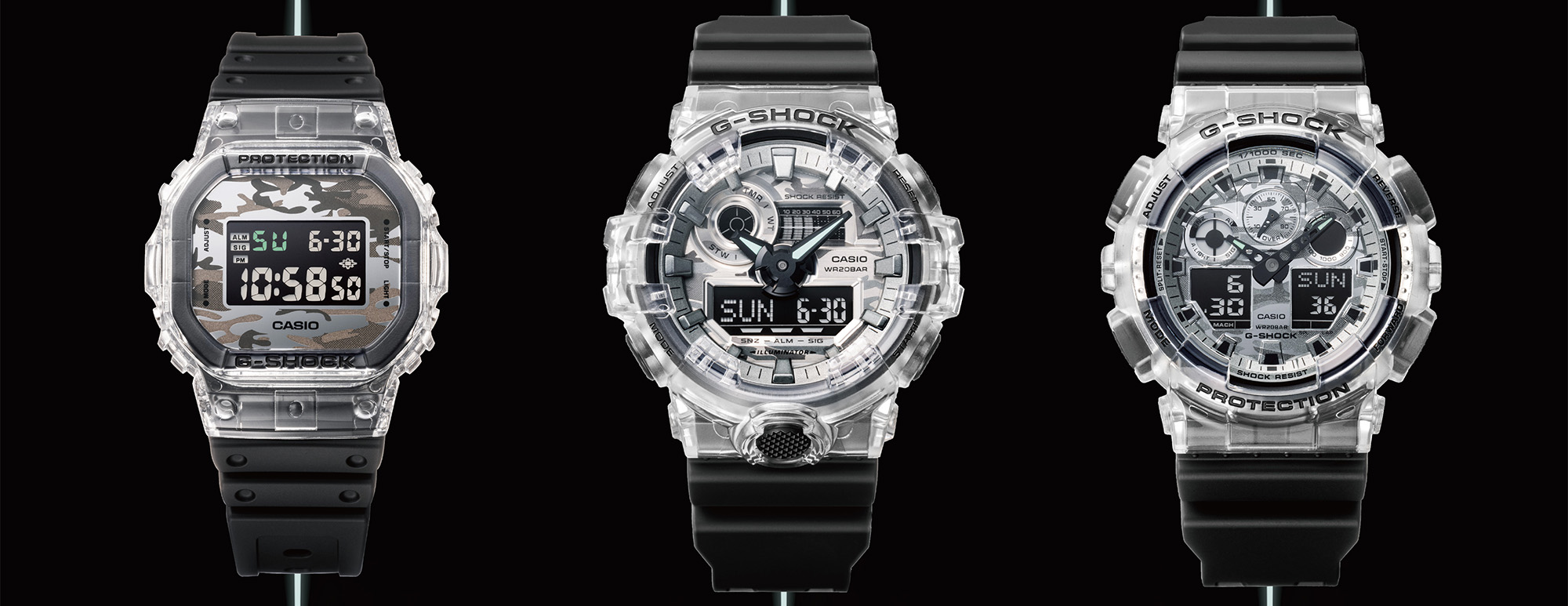We all love denim; and it’s comforting to know that jeans and denim layers will always stay in style, even if Britney and Justin’s specific look isn’t due for a comeback anytime soon, or ever (thankfully). As someone who’s spent her entire existence debating back and forth whether she should ditch her $19.90 Forever 21 skinnies for a pricier pair, knowing what to look out for in a pair of jeans is definitely a big deal. But of course, even luxury brand jeans may not always boast the best denim or fit for your specific body type. Our verdict– whatever shop you’re doing your browsing in, keep these tips in mind; depending on your priorities of what you want in your jeans, you might not even have to make the splurge.
1. Weight
Or more specifically, a heavier fabric. The quickest sure-fire way to tell good, real denim from bad is in the weightiness of it in your hand – as you probably expected, well-made jeans will feel heavier and stronger, a sign that they’re more resistant to easy wear and tear.
2. Not too much stretch

Image from Topshop
It’s a sad fact of life that the best jeans in the world aren’t always the most comfortable – another factor to consider the next time you’re tossing around the idea of investing. Good denim contains up to 2% maximum percentage of Lycra or Spandex, which definitely isn’t the most forgiving after that KBBQ buffet you just had; but is a surer sign of quality. If anything, take comfort in knowing that all denim stretches with time and wear, so perseverance is key! If you’re someone who likes her jeans with the flexibility of leggings, that’s totally fine; just be prepared for a more consistent routine of replacing your stretched-out jeans.
3. The tell-all red trim
Here’s the real secret to quality denim – selvedge, a little red trim on the inside characteristic of Japanese denim that all denim experts swear by. This particular trim is more resistant than average trim, but above all is a mark of assurance that your jeans came from a sustainable manufacturer that skimped on neither quality material nor safe working conditions and wages for their workers. It’ll make for a heftier price to pay – you won’t find real selvedge at a fast fashion store – but worth it knowing you got it in support of good manufacturing practices.
4. Real stitching

Image from Levi’s
A closer look at the stitching on the back pockets can reveal a lot about the denim you’re about to pick up. A lot of poor quality jeans feature (god forbid) superficially stitched pockets and hems that you might not even notice at first sight – until your back pocket starts coming apart and you wonder where you went wrong. And while this isn’t a mainstay of all quality jean brands, a firm diagonal stitch at the corners of the pockets is a sign of dedicated fabrication that will ensure they stay firmly attached for a long time.
5. Wash factor

Image from 7 For All Mankind
Be prepared to have your minds completely blown – good denim should rarely be washed. And by rare we mean only to be washed once every six months, at earliest. Washing real, raw denim too soon or too often washes out the indigo of the material that otherwise fades and sets into the natural creases created by your body’s movement – which, if left alone, would give it the flattering, well-worn look we’re all trying to achieve. Many times, a trip around the washing machine can ruin the denim’s stretch too, so you’re left with the stiff, uncomfortable jeans you first purchased, even after all that effort gone into wearing them in.
Alternatives to keeping your quality jeans looking (and smelling) fresh, then? Hanging them inside out to air-dry, wiping them down with a damp cloth, or if you’re really desperate – keeping them overnight in the freezer. But of course, if you’re a stickler for hygiene over quality, we’d suggest you stick to the cheap jeans, which do surprisingly well in the wash. Ah, the unexplained magic of cheap cotton and low-cost labour.
Featured image from facebook.com/ctznsofhumanity
Heads up: all images featured are from brands we love!











You must be logged in to post a comment.